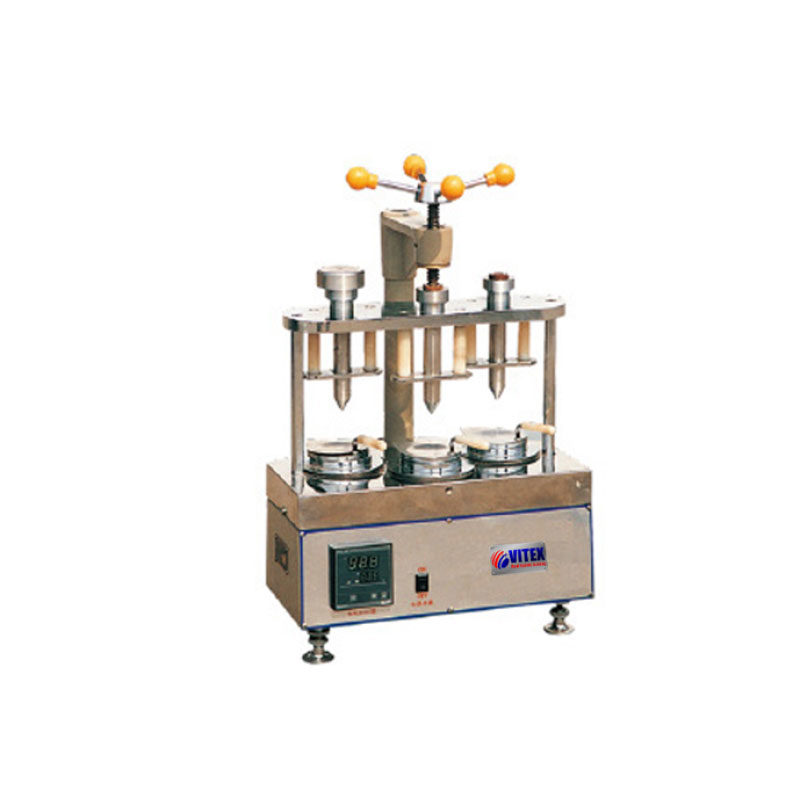Application
Rapid Oil Extraction Apparatus, to determine the oil or finish content of wool or synthetic samples by solvent percolation and evaporation within 15 minutes. Suitable for all natural and synthetic fibers, yarn or fabric
Standards
GB/T6504,WIRA Test Method No.5, GB6977, FZ/T20002
Power
220 /110 V 50/60 Hz
Weight
40 Kg
Dimensions
475 x 360 x 660mm (L x W x H)



